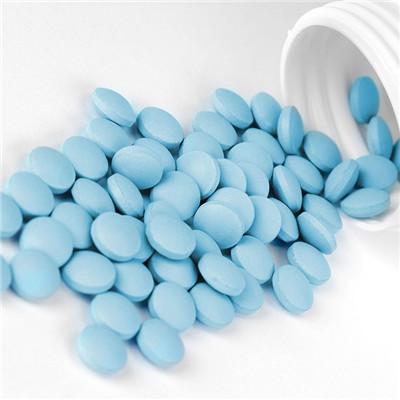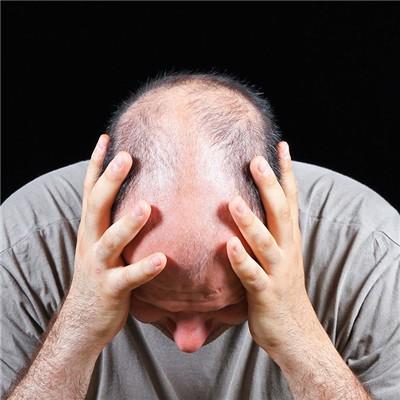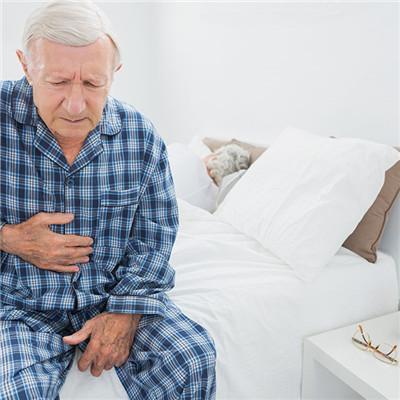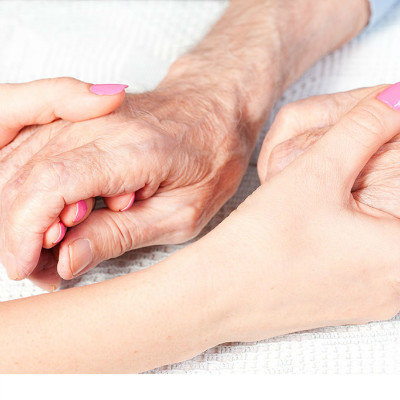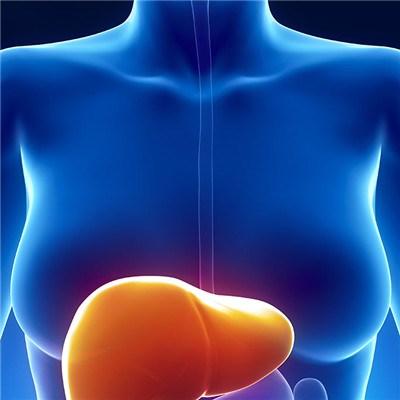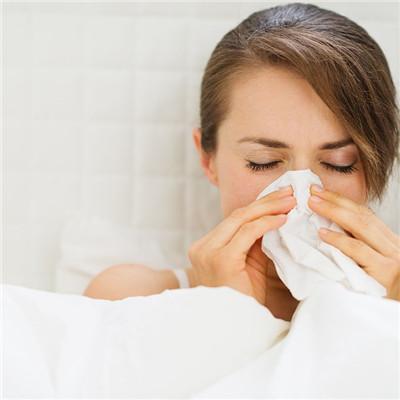Early symptoms of hairy leukoplakia?
summary
Hairy leukoplakia refers to a kind of hairy white plaque damage occurring at the lingual edge. If patients feel uncomfortable, they should go to the hospital immediately for diagnosis and treatment. It is a common oral mucosal lesion in AIDS patients, also known as oral hairy leukoplakia and oral lingual condyloma. It is common in homosexuals, heterosexuals, drug users, hemophiliacs, blood transfusion and blood products users, and HIV infected sexual partners. The incidence is high between 20 and 50 years old. Today let me and you learn the early symptoms of hairy leukoplakia?.
Early symptoms of hairy leukoplakia?
First: hairy leukoplakia is a highly specific early clinical symptom of AIDS, 20% of AIDS patients can be accompanied by hairy leukoplakia. Hairy leukoplakia is common in the lingual margin, followed by the ventral part of the tongue, dorsal part of the tongue, floor of the mouth, cheek, palate and other parts. The lesions were decolorized leukoplakia, micro uplift, unclear boundary, wrinkled surface, hairy or fibrous, sometimes large plaques adhered to the lingual side, could not be wiped off, and could be accompanied by tongue. No conscious symptoms or mild burning pain.
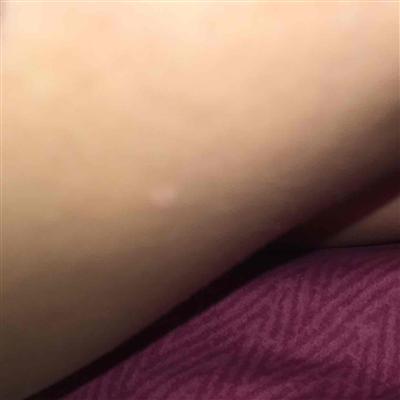
Second, the serum HIV antibody test was positive; The absolute count of peripheral CD4 + cells was significantly decreased, and the ratio of CD4 + / CD8 + cells was low; The smear of lesion site was stained with PAS or cultured, and Candida albicans was positive.

Third: the lesions in the lingual edge, white plaque, hairy appearance, plaque is not easy to be wiped off, antifungal treatment is ineffective, combined with the histological characteristics of the disease, can generally make a diagnosis.
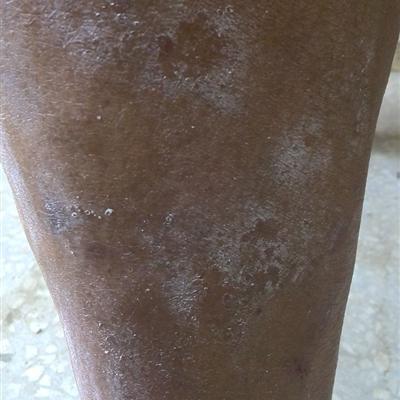
matters needing attention
1. Paying attention to nutrition, combining work and rest, keeping enough sleep and good mood can help to regulate the immune function of patients, slow down or prevent the progress of the disease. 2. When combined with Candida infection, local or systemic use of anti Candida drugs. 3. Local application of 0.1% tretinoin solution can temporarily eliminate the lesion, but can not prevent recurrence. 4. If HIV positive, according to the principle of AIDS treatment, the system application of effective antiviral drugs.


